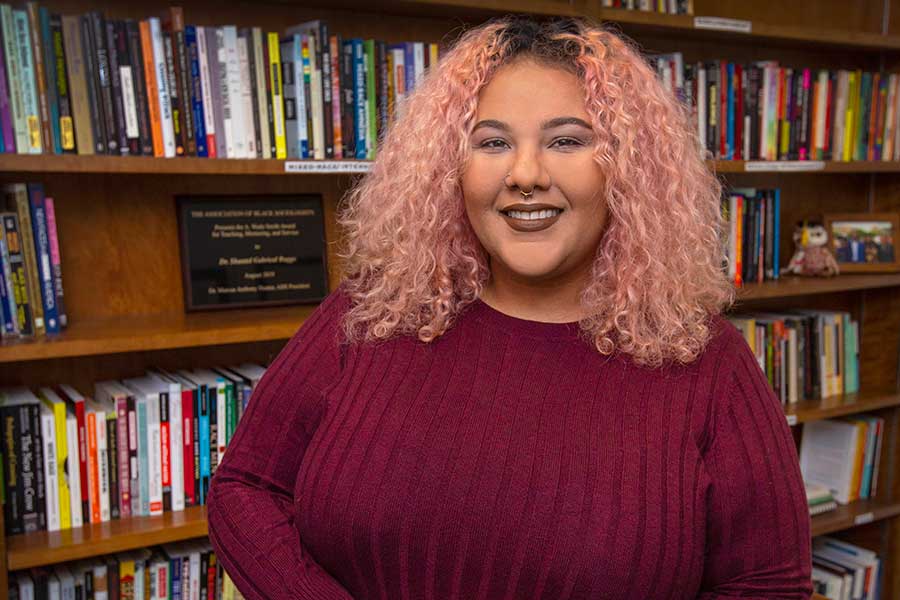
The U.S. Census predicts America will become a majority-minority country between 2040 and 2050, with great growth projected for multiracial populations.
A new study from Florida State University researcher Shantel G. Buggs examined how this growing population of multiracial women view interracial relationships and what that illustrates about American’s broader views about race.
Buggs wanted to determine how multiracial women classify interracial relationships and what factors influence their decision to engage with a potential suitor.
“As a multiracial person myself, I was always interested in what happens when multiracial people become adults who then have to navigate relationships with other people,” Buggs said. “It was a goal of this study to debunk this racial fetishizing that is common in society today — the idea that multiracial people are more attractive, are the best of both worlds and will end racism.”
Her findings are published in the Journal of Marriage and Family.
Buggs interviewed a group of women who identified as multiracial and had dating profiles on the online site, OkCupid. The women resided in three cities in Texas: Austin, Houston and San Antonio.
She found three themes that surfaced after qualitative interviews with each participant, which lasted two to three hours. First, skin color was a factor multiple women mentioned in their interviews. For many women, having a different skin color from the person a participant was dating made the relationship interracial, regardless of actual race and cultural background.
The second common theme was culture. Even if participants had similar complexions as their dating partner, if the woman deemed them culturally different they considered the relationship to be interracial. Buggs said she found this to be true especially among Latinx participants.
“For example, they may be in a relationship with a white person, and may even look white themselves,” she said. “However, they would emphasize that culturally they’re very different which was something they really wanted to acknowledge, that they were not the same, even if the outside world perceived them as the same.”
Finally, participants noted that if they felt a potential partner reminded them of a family member like a cousin or brother, this meant that familiarity was “too close” to engage in a potential relationship. Buggs said women who identified the “cousin framing” as a reason why they could not date the men were overwhelmingly East or South Asian.
Buggs said her study should encourage Americans to consider shifting how they are socialized and pay more attention to the kind of messages given and received, including what family members tell their loved ones about what kind of partner to “bring home.”
“Part of the bigger problem with this discussion of racism is that it’s made to be an individual thing,” Buggs said. “There’s a broader system at work and whatever we can do to get people to realize it’s more than just individual choices is important.”
Buggs acknowledged that while her findings, based on a smaller sample size, are not generalizable, they are a starting point to examine how widespread the ideas are in the general population.
With the recent popularity of DNA and ancestry testing, Bugg said potential areas for additional study could include how that is impacting families and relationships when people decide to change their racial identity based on ancestry results.




